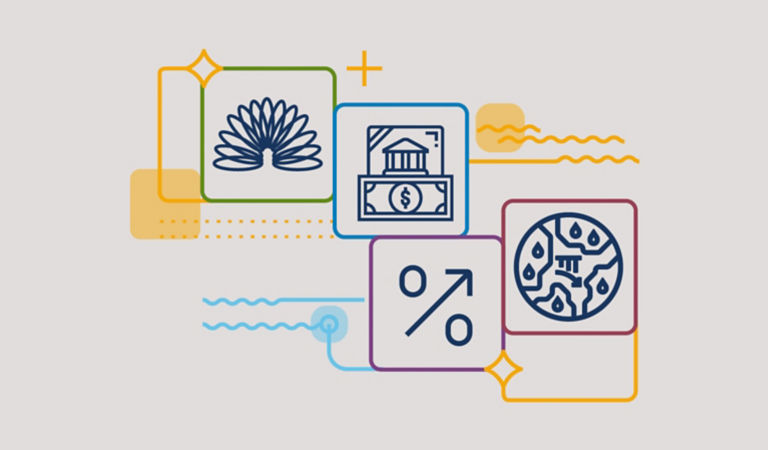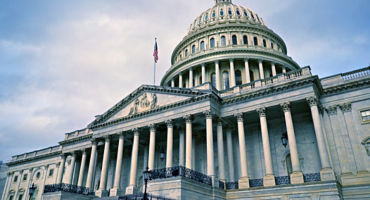My three big takeaways for investors
In an environment of persistent inflation, higher policy interest rates, and other macro headwinds, I would highlight the following key takeaways for fixed income investors:
Favor high-quality fixed income sectors. Globally, interest rates remain historically high in the wake of the rate-hiking campaigns pursued by the US Federal Reserve (Fed) and other central banks in their effort to rein in stubborn inflation. Recent incoming data shows that the global economy is decelerating, though not as fast as one might expect amid today’s meaningfully tighter monetary policy, highlighting how effective fiscal policy was in combating the sharp economic downturn triggered by the initial COVID outbreaks in 2020.
However, I am bracing for the lagged effects of tighter monetary policy, which are typically long and variable, to further slow the global economy in the period ahead. A recession is still possible later this year, especially in the US. Against said backdrop, I suggest that many investors lean into high-quality fixed income sectors that may be more resilient in the face of economic challenges and credit-rating downgrades.
Market volatility is likely here to stay. While I don’t anticipate the same degree of heightened volatility as last year (when capital markets were caught off guard by rapid rate-hiking cycles), I think there is likely to be ongoing volatility in most markets, including fixed income. This volatility could arise from multiple sources:
- Inflation: While gradually abating in the US, global inflation has proven to have greater staying power and to be far more pernicious than most market observers would have thought just a couple of years ago. However, I believe the worst of it may now be behind us and, accordingly, that we may finally have reached (or at least neared) the “event horizon” of the longer-term interest-rate market (Figure 1).









